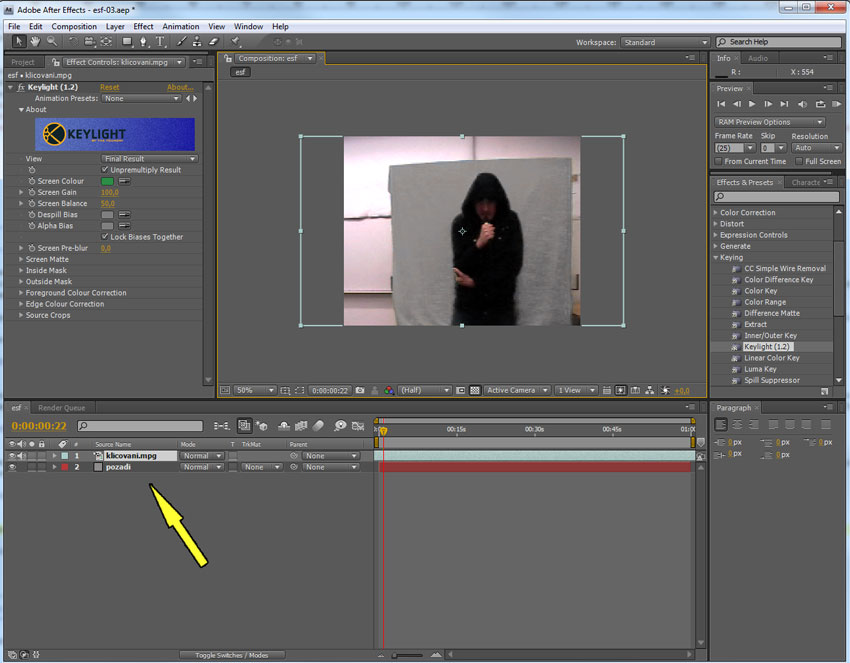

Think of the public key as information about the location of a locked mailbox with a slot on the front, and the private key as the key that unlocks the mailbox. The two keys are related to each other by some complex mathematical formula that is difficult to reverse-engineer by brute force. The mathematics here are complex, but in essence, you can use the public key to encrypt the data, but need the private key to decrypt it. The safest method of encryption is called asymmetrical cryptography this requires two cryptographic keys - pieces of information, usually very large numbers - to work properly, one public and one private. How SSL worksĮncryption is necessary in order to communicate securely over the internet: if your data isn't encrypted, anyone can examine your packets and read confidential information. The most common is web traffic you know your browser is connected via TLS if the URL in your address starts with "https," and there's an indicator with a padlock telling you the connection is secure, as in this screenshot from Chrome:īut TLS can be used by other applications as well, including e-mail and usenet. The TLS protocol encrypts internet traffic of all types.
#Using two keylight 1.2 keys on same layer series
SSL rather, the two form a continuously updated series of protocols, and are often lumped together as SSL/TLS. As the TLS specification notes, "the differences this protocol and SSL 3.0 are not dramatic." Thus, it's not really a matter of TLS vs. When the next version of the protocol was released in 1999, it was standardized by the Internet Engineering Task Force (IETF) and given a new name: Transport Layer Security, or TLS. SSL 3.0, released in 1996, was completely revamped, and set the stage for what followed. SSL 1.0 was never released to the public, and SSL 2.0 had serious flaws. Secure Sockets Layer, or SSL, was the original name of the protocol when it was developed in the mid-1990s by Netscape, the company that made the most popular Web browser at the time. The next major version of the protocol, TLS 1.3, will soon be finalized - and most anyone who runs a website will want to upgrade, because cybercriminals are catching up. The decades-long history of these protocols has been marked by continuous updates that aim to keep pace with increasingly sophisticated attackers.

Since the early days of the web, the SSL protocol and its descendent, TLS, have provided the encryption and security that make modern internet commerce possible.


 0 kommentar(er)
0 kommentar(er)
